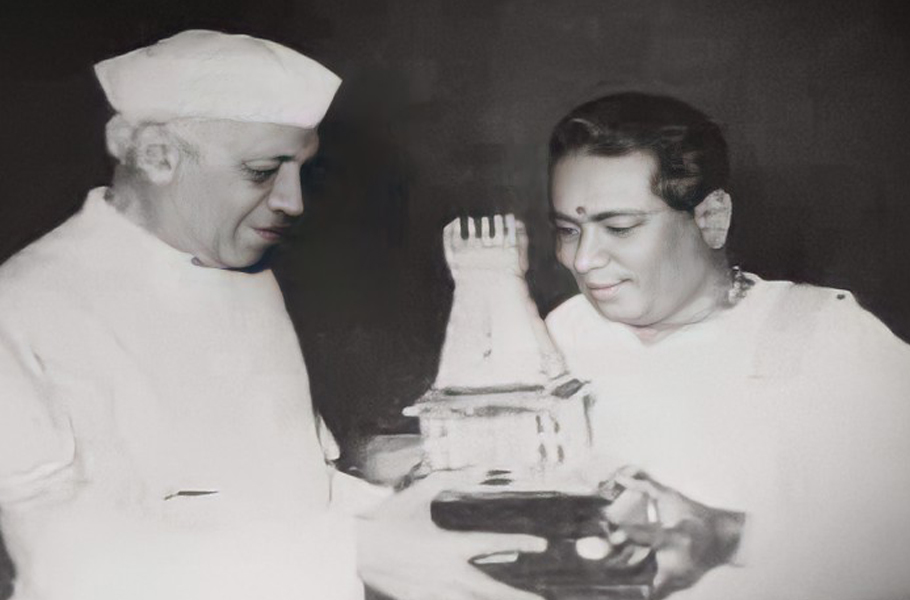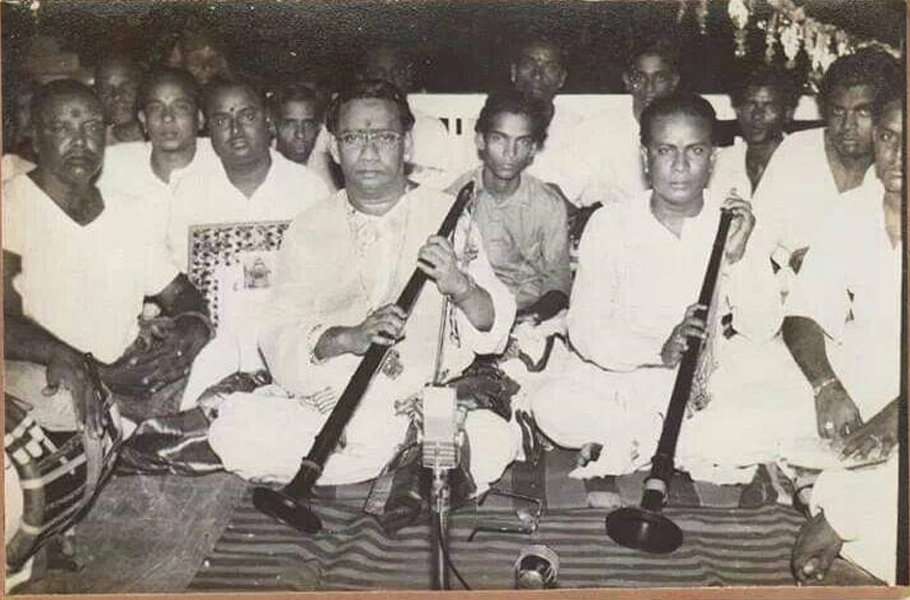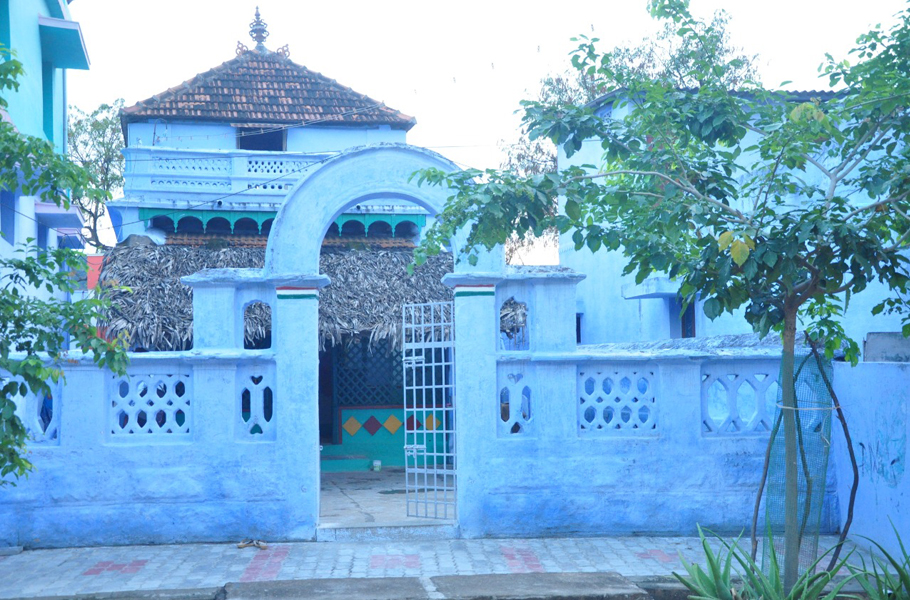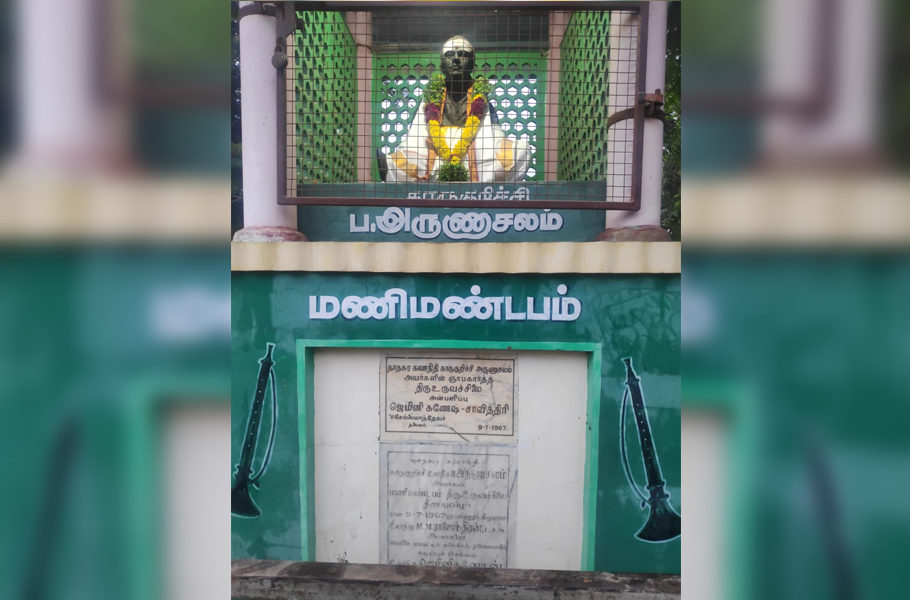
- Home
- India
- World
- Premium
- THE FEDERAL SPECIAL
- Analysis
- States
- Perspective
- Videos
- Sports
- Education
- Entertainment
- Elections
- Features
- Health
- Business
- Series
- In memoriam: Sheikh Mujibur Rahman
- Bishnoi's Men
- NEET TANGLE
- Economy Series
- Earth Day
- Kashmir’s Frozen Turbulence
- India@75
- The legend of Ramjanmabhoomi
- Liberalisation@30
- How to tame a dragon
- Celebrating biodiversity
- Farm Matters
- 50 days of solitude
- Bringing Migrants Home
- Budget 2020
- Jharkhand Votes
- The Federal Investigates
- The Federal Impact
- Vanishing Sand
- Gandhi @ 150
- Andhra Today
- Field report
- Operation Gulmarg
- Pandemic @1 Mn in India
- The Federal Year-End
- The Zero Year
- Science
- Brand studio
- Newsletter
- Elections 2024
- Events
- Home
- IndiaIndia
- World
- Analysis
- StatesStates
- PerspectivePerspective
- VideosVideos
- Sports
- Education
- Entertainment
- ElectionsElections
- Features
- Health
- BusinessBusiness
- Premium
- Loading...
Premium - Events

Remembering Karukurichi Arunachalam and how he took nadaswaram to the masses
Born on April 26, 1921, exactly 100 years ago, Arunachalam was revered in the music world and took nadaswaram to newer audiences.

When Konjum Salangai (1962) became a superhit, it was not only because that was the first Tamil film to be shot in technicolour, but it had made another breakthrough. Nadaswaram—the conical wind instrument—featured extensively in a movie for the first time. The song ‘Singaravelaney deva’ supported by the powerful notes of the instrument became a huge hit. So much so that one could...
When Konjum Salangai (1962) became a superhit, it was not only because that was the first Tamil film to be shot in technicolour, but it had made another breakthrough. Nadaswaram—the conical wind instrument—featured extensively in a movie for the first time.
The song ‘Singaravelaney deva’ supported by the powerful notes of the instrument became a huge hit. So much so that one could hear the song played in every nook and corner in those days.
With that, nadaswaram exponent Karukurichi Arunachalam, who played the instrument in the song, scaled new heights. Although he was well known in music and film circles, the instrument reached new audiences with that song.
It is said that actor Gemini Ganesan became so popular because of this song that it drove his contemporary Sivaji Ganesan to make a film Thillana Mohanambal (1968) wherein the nadaswaram played a major role.
Interestingly, Arunachalam too had plans to make Thillana Mohanambal into a film from the noted eponymous novel by Kothamangalam Subbu. But the project never took off and he died on April 6, 1964. Later, the makers of ‘Thillana’ and the nadaswaram players MPN brothers (Ponnusamy and Sethuraman) dedicated their work to Arunachalam.
Artist extraordinaire
Arunachalam, unlike most stalwarts, didn’t have the opportunity to study beyond Class 4. But he went on to become one of the most notable exponents of nadaswaram. His compositions are still considered evergreen.
Born on April 26, 1921, exactly 100 years ago, Arunachalam took to nadaswaram following in the footsteps of his father Palavesam, a farmer in Karukurichi village of Tirunelveli district who had failed to pursue his dream. He learnt the basics from his father and other noted players of the time such as Subbaiah Kambar and Harikesanallur Mookkaiya Kambar. While learning, Arunachalam also played in local temples.
He, however, longed to learn nadaswaram from an expert. Thiruvavaduthurai TN Rajarathinam Pillai, who is considered a star in the world of nadaswaram players for having brought respect to the instrument, had come to Tirunelveli for a programme around that time. After the programme ended, he was resting at a guest house.

“It was during that time the ‘naiyyandi melam’ (a musical form consisting of two nadaswaram players and two ‘thavil’ [a percussion instrument] players, along with other musical instruments like pambai and urumi) was played nearby. Pillai expressed his surprise on hearing such mellifluous nadaswaram notes played by Arunachalam,” writes V Chandrasekaran under the pseudonym ‘Mayavaraththaan’, in his book ‘Oru Nadhaswarathin Payanam’.
Pillai immediately sent for Arunachalam and asked him if he was interested in going with him to Thiruvavaduthurai (a village presently under Mayiladuthurai district).
To this, “Arunachalam fell prostrate to show his gratitude and went with him,” writes Chandrasekaran.
Under Pillai, the learning was more gurukul-style. There was no formal teaching.
“The students learn just by observing his performance. When a student is free after completing all the household chores, he would sit and practice the lessons he learnt from the teacher’s performance, says NAS Sivakumar, an independent researcher on music, based in Kovilpatti, Tuticorin, adding that ‘kelvi gnanam’ (learning by listening) was given much importance and “Arunachalam excelled in it”.
Beginnings of a virtuoso
From being a student and assisting Pillai in his performances, Arunachalam soon started doing solo performances. According to Sivakumar, it was after the programme in Swamimalai (a village in Thanjavur district) that Arunachalam began to perform alone.
“Every year in a Murugan temple at Swamimalai, TNR (as Pillai is referred to) used to give a performance on the day when his family’s turn for ‘mandagapadi’ (where the expenses for that day’s pooja are borne by a particular family) came. One year, halfway through the performance, TNR wanted to take a break and asked Arunachalam to take over. When TNR walked off the stage, almost half the crowd started to leave. Suddenly, they heard the nadaswaram playing. They thought that TNR had returned to the stage. But they were surprised to see Arunachalam sitting there with one end of the nadaswaram pressed to his lips, belting out some powerful notes. Acknowledging his skills, the crowd sat through the programme,” says Sivakumar.
On that day, he played ‘Huseni’ Raga and floored the audience. The performance started around 12 am and ended at 7 am. “In those days, people had the time as well as the good sense to listen and appreciate good music,” says Sivakumar.
After this performance, with the blessings of Pillai, Arunachalam carved out his own path. He was an expert non-pareil in playing ‘raga alapana’ and ‘keerthanas’, Sivakumar adds.

Due to his proximity to popular film personalities such as Gemini Ganesan, Arunachalam got an opportunity to showcase his talents in the tinsel town too. According to Deepak, the grandson of Arunachalam, the two had a friendship much before Ganesan became a star.
The music composer of Konjum Salangai, SM Subbaiah, had called Arunachalam and recorded the song ‘Singaravelaney deva’, which became another memorable hit by him. While Arunachalam played the nadaswaram, playback singer S Janaki did the vocals.
“It was renowned musicologist TA Sambandamurthy Achari who set the tune for a song ‘Mandiramavathu’ from the bhakti text ‘Thevaram’. Arunachalam improvised the tune and used it in ‘Singaravelaney deva’ song,” Sivakumar says.
In the same film, there was another song ‘Orumaiyudan’ written by poet saint Ramalinga Adigal, for which Arunachalam played the nadaswaram.
“After Konjum Salangai, Arunachalam worked in more films, including Aasthikku Oru Aanum, Aasaikku Oru Pennum, which were never released but the tracks are available on YouTube,” says Deepak.
These songs were received well and brought a lot of audience to Arunachalam’s performances. These new fans had hitherto not adapted to any form of music other than film songs. Interestingly, even the people who were appreciative of nadaswaram and Carnatic music, became fans of that particular song.
Similarly, Arunachalam’s nadaswaram rendition of the song ‘Chinnanchiru kiliyae’ from the film Manamagal (1951) overshadowed the original music of the song. That was his talent, says writer Ki Rajanarayanan, in the yet-to-be-released documentary Paravaikkalam, directed by well-known filmmaker RR Srinivasan. The song was penned by Subramania Bharathi and the music was composed by CR Subbaraman.
“One day I was talking about this song with him. He then asked his relative, a young boy, to sing that song. He sang well and Arunachalam started to practice this song. His rendition was much better than the original. He was also able to bring in the notes of shehnai, through his nadaswaram,” adds Rajanarayanan.
A humble man
Arunachalam was very down to earth and respected his audience. He would often give in to their demands without any hesitation. “People would request him to play ‘magudi’ (snake charmer’s tune) and Arunachalam would happily oblige. He would also regularly play the song, ‘Nathar mudimel irukkum nalla pambey’, written by a saint-poet Pambatti Siddhar. It was based on ‘Punnagavarali’ raga. He even used to play magudi music during marriage and temple functions. However, his favourite raga was Sahana,” says N Mammathu, a musicologist based in Madurai.

Although Arunachalam attained great heights, he never let his success get to his head. He always had his foot firmly on the ground and treated everyone with equal respect.
“After he started gaining popularity and money, Arunachalam built a house in his village Karukurichi and named it after his mentor as ‘Rajarathina Vilasam’. That was his guru bhakti (reverence for his teacher). TNR not only attended the housewarming function as a chief guest but also performed on the occasion. The people present were in awe of such a lovely guru-sishya bonding,” adds Sivakumar.
In his three-part series on Arunachalam titled ‘Karukurichiyai Thedi’, published recently in Solvanam, a Tamil digital publication, Chennai-based music historian Lalitha Ram records another incident shared to him by one Mandira Kambar.
At a wedding function where Arunachalam had agreed to perform, the hosts were unable to arrange food for the guests.
“Arunachalam spent his own money and arranged food for everyone,” records Ram. “He even went on to sever his relationship with influential people for his audience,” he adds.
Grandson Deepak says at the peak of his career, Arunachalam was a highly paid musician.
“Because of that, Arunachalam had faced many problems. So he used to have a licensed revolver with him. Though he was a highly paid artist, he never lived an extravagant life. He always wore dresses made of khadi, renounced wearing jewels and was a Congress supporter till the end,” he says.
Arunachalam did all that because of his love for the nadaswaram. He also planned to open a school at Kovilpatti, then in Tirunelveli district. It was during one such field trip while he was finalising land for the school, Arunachalam suffered a heart attack.
Those close to him claim that while he was in the hospital, his fingers would often move over his chest just like they did while playing the nadaswaram. He was 43 when he died.
His music, however, continues to live in the hearts of nadaswaram fans.
